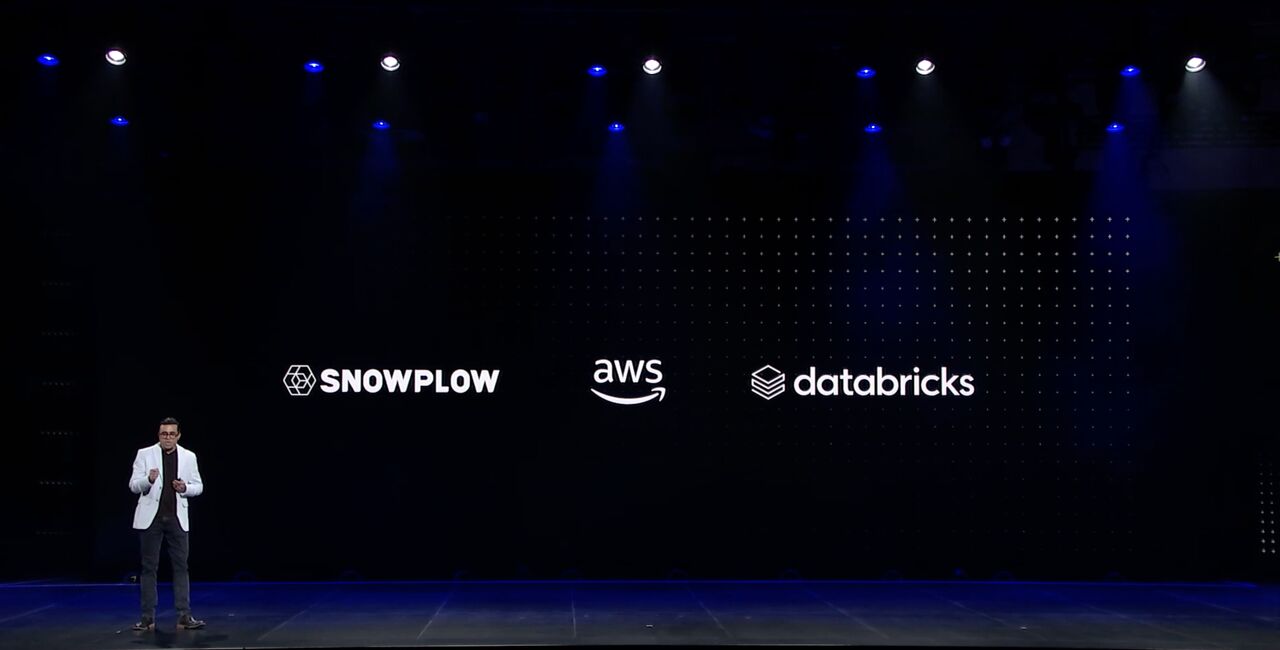How Tripaneer uses event-level data to map multi-channel journeys with Snowplow
To better connect would-be travelers with their dream travel experiences, Tripaneer has tapped into the power of data created with Snowplow.

Background
Tripaneer is one of the world’s leading marketplaces where prospective travelers can research and discover unique global travel experiences, and safely book these adventures.
Focused on action-oriented, thematic, multi-day holidays—such as yoga, surf, safaris, motorcycling, horse riding, martial arts and more—Tripaneer is all about matching individuals with unforgettable travel experiences. In a highly competitive and diverse landscape, where the big players are making moves to tap into the niche ‘travel experience’ market, Tripaneer differentiates by upending the traditional travel booking path. Instead of choosing a destination first, would-be travelers select an activity and explore relevant experiences. It’s all about creating unique and personalized user experiences from the moment prospective customers begin researching their dream holiday.
With the power of data, Tripaneer helps guide the customer journey while providing a user-friendly, informative and easy-to-use platform across devices.
Challenge
In looking for the best ways to grow their platform and customer base, Tripaneer had a few challenges to tackle.
1. Difficulty understanding the customer journey
To fully understand customers and their intent, event-level data tracking across the customer journey is fundamentally important. It’s the only way to make informed, data-driven decisions about what to build and offer, and to predict what customers will do next.
This meant Tripaneer needed to get all their raw data (not just sampled data) and historical data, and be able to stitch all of this together across devices and domains for a complete picture. Past experience had taught them that the customer journey in their travel niche is lengthy—and that people do extensive research and often need nurturing. In many cases, they are investing in an experience that is more involved and expensive than the standard holiday.
From Tripaneer’s perspective, both technically and for its marketing, having in-depth insight into the end-to-end customer journey was key to repeat custom/retention, the ability to control or predict the journey, and continued growth.
2. Without accurate attribution, marketing was working in the dark
With the huge volume of data they were collecting, Tripaneer had outgrown their homegrown data collection solution. They were losing data loss and needed something more robust—a solution that would enable accurate attribution.
With multiple marketing channels in play—including Google, Bing, Facebook, display ads, and their own affiliate program—the ability to accurately attribute marketing spend and effectiveness was crucial. Yet, because every marketing channel had its own attribution model and supplied its own data, things didn’t always add up. Without a clear view on campaign and ad-level data, they couldn’t confidently allocate resources or attribute marketing spend. Nor could they deliver the best personalization and retargeting.
3. Inflexible data pipeline
With their in-house data collection pipeline and the free Google Analytics solution, Tripaneer reached a point where they realized Google Analytics did not offer enough flexibility to collect all raw data events as they happened. Tripaneer’s data analytics strategy required more.
With experimentation in the brand’s DNA, and having built custom experimental tools since the beginning, Tripaneer sought an analytics solution that would play nicely with their in-house tools and perhaps enhance the whole playing field. They looked at Google360, but concluded it would be overkill for their needs—while not offering enough of the hands-on flexibility that their experimental company culture required. The data team sought the ability to play with a tool and build on it.
Solution
When Tripaneer discovered Snowplow, they found that it gave them the full flexibility they needed; plus the ability to track every single page view on both the client and server side in order to guarantee the accuracy of their numbers and to capture every single user event. Snowplow is delivering results in three key areas:
1. Mapping the end-to-end customer journey
With Snowplow, Tripaneer can access and fully own all of their event-level data and model it the way they want. They get a cross-device, chronological event log per customer that helps develop a deep understanding of the end-to-end customer journey.
Because Snowplow is able to capture all data from different sources and across devices, Tripaneer can go backwards and forwards through the data and stitch it together. If at any point in the customer journey, an individual appears on more than one platform, using more than one device, it is difficult to identify them definitively. But because Snowplow enables the flexibility to go back into the historical event log, Tripaneer can revisit and recompute relevant data to help make those granular identifications.
For example, a user visits the Tripaneer site (or subdomain) several times over the course of a few days and signs up for an account. After ten days using the website, the user jumps across to mobile and logs in, continuing to use the Tripaneer property on both devices. Suddenly, Tripaneer has a rich tapestry of web and mobile events to stitch together and match up—and they can use historical data to help fill in the blanks and piece together the entire customer journey from the beginning.
Many data platforms do user data stitching, but most only move forward in time from the moment they identify a user from a current piece of event data. Owning the historical log empowers Tripaneer to do a much deeper dive into the customer journey and develop a clear single customer view.
2. Precision attribution
With better insight into the customer journey, touchpoints, triggers and behaviors at different points in the sales funnel, Tripaneer can develop a sophisticated, custom attribution model. Using this, they can distribute marketing budget across channels and predict channels that will deliver conversion.
Tripaneer already knew that 80 percent of customers who eventually booked did so within 30 days. The other 20 percent took more than 30 days to book. Using these figures and data created with Snowplow, Tripaneer could determine which marketing channels led to purchase within the 30-day window. Getting this level of insight comes down to having the ability to track everything with an unprecedented level of control, accuracy and transparency.
With Snowplow, Tripaneer uses first-party tracking, which ensures completeness and ownership of collected data. It’s a way around the ad blockers that ensnare and contaminate data from collectors like Google Analytics.
Once we figured out how easy it is to add trackers, we quickly started adding all kinds of events to understand how users browse and search on our site. We even moved all our infrastructure tracking and server-side events to Snowplow.”
STEVEN O | HEAD OF ANALYTICS AT TRIPANEER
3. Powerful experimentation
As a marketplace, Tripaneer’s website is the product. The website experience—from site performance to user experience, from product information to layout—is paramount. Data becomes the most important tool for competitive advantage, enabling the personalization that underpins the whole experience.
Tripaneer is in a unique position in that experimentation is encouraged. The real-time data they get with Snowplow gives them the foundation for embedding experiments and testing into almost everything they do, to further develop their product and personalize the user experience. With Snowplow, it’s easy for developers to add tracking into the code for the sake of an experiment. The tracker will ping the Snowplow collector, which collects all the page views with relevant experimentation information, and automatically aggregates it in the backend.
At any given time, Tripaneer is running anywhere from 10 to 40 experiments. And it’s this experimentation that will push Tripaneer to the next level of data sophistication and user experience.
For high-traffic marketplaces, such as Tripaneer, understanding the performance of experiments in real time is a necessity.”
STEVEN O | HEAD OF ANALYTICS AT TRIPANEER
Results
The real-time data pipeline has already begun to define the future for Tripaneer and its analytics initiatives.
For example, when a customer is on the website, and they have triggered certain events, Tripaneer can begin to predict intent. The events in combination indicate that the customer has high intent, which is where real-time data is crucial. Once the last event occurs in real time, and the data model recognizes the customer’s intent level, a pixel can be triggered automatically to remarket to that customer.
Real-time data is also used to closely monitor the many experiments Tripaneer runs. For example, if they start an experiment and within an hour, or within minutes, want to make sure it is not breaking anything on their site, the Elasticsearch cluster and Snowplow’s real-time pipeline enable real-time monitoring to ensure that everything is working, and if it isn’t, it can be fixed immediately.
How you can get started with Snowplow
To learn more about how Snowplow can empower your organization with behavioral data creation, book in a chat with our team today.
Customer Case Studies
Explore real-life success stories from companies using Snowplow.








.png)
